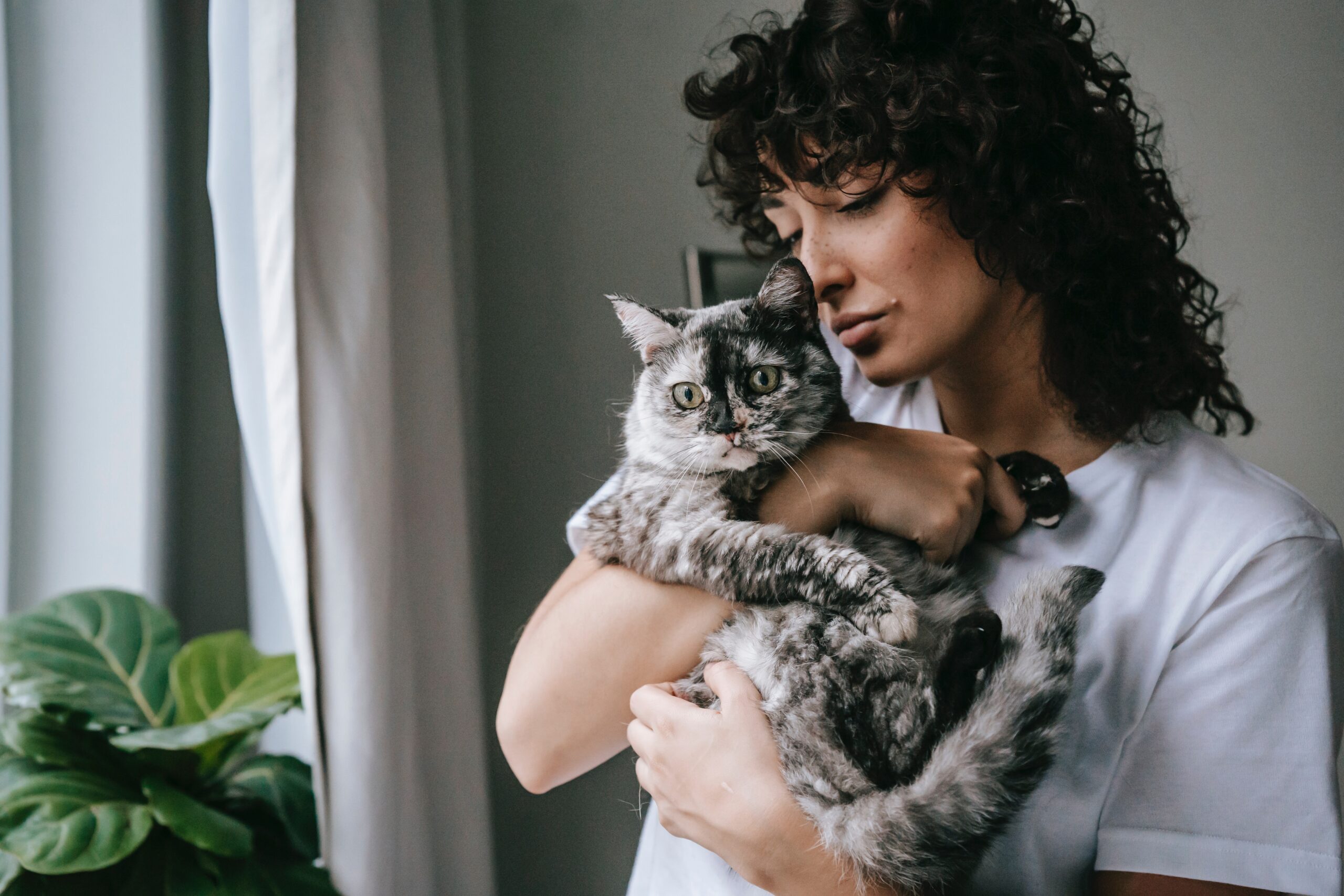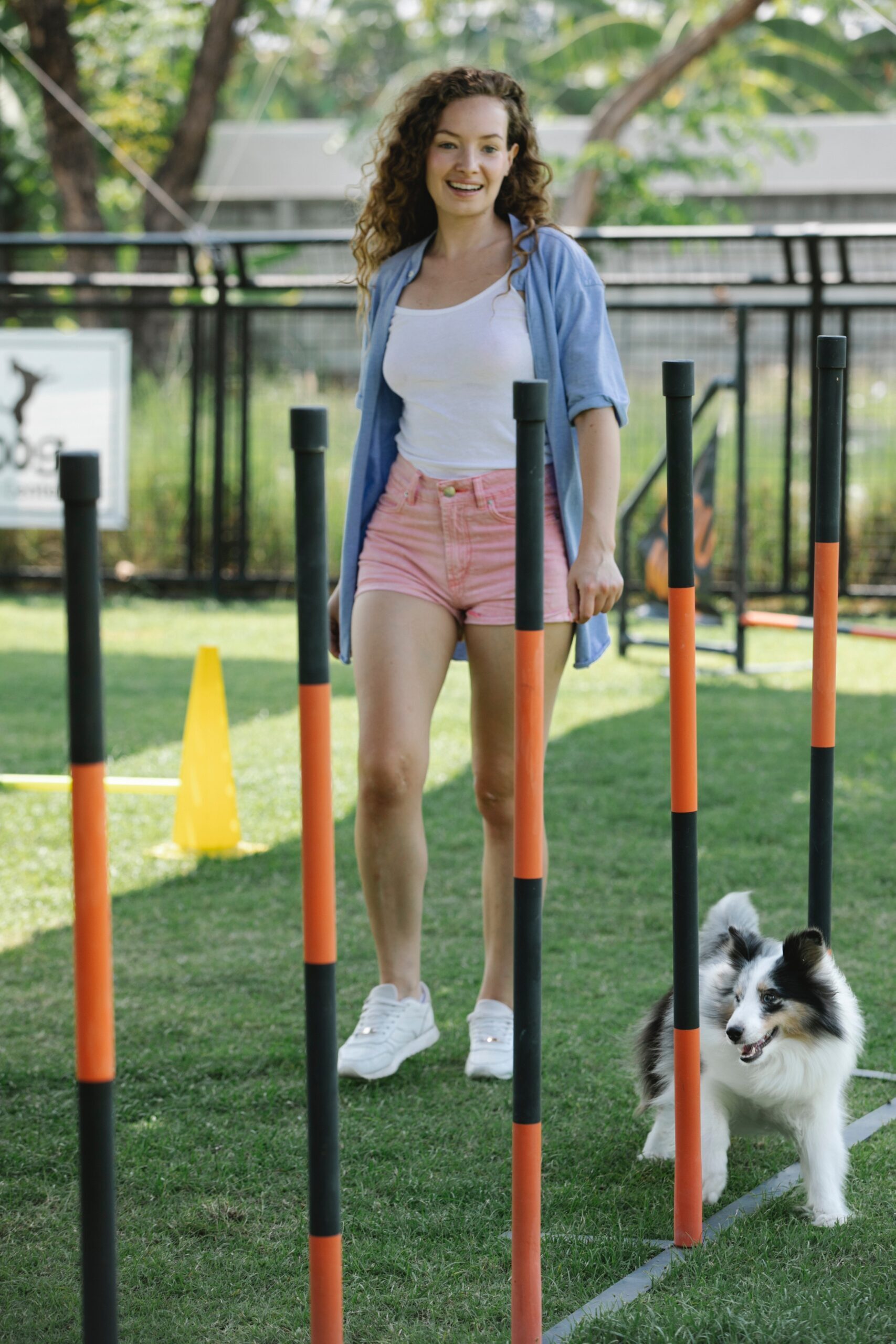-
Basic Cat Care Tips In Winters: Prevent cats from cold
Taking extra care of cats in the winter months is necessary to protect their safety and welfare. Due to their susceptibility to the cold, cats might benefit from the following advice for winter cat care: Give cat a warm place Make sure your cat has access to a dry, comfortable spot to hide from the cold. This may be a well-insulated garage, a warm area of your house, or a heated cat housing. Verify that there are no drafts within the shelter. Cats indoors If your cat is usually kept indoors, you might want to think about keeping them indoors during the colder months. Reduce the amount of time they…
-
Cat Care And Management
To maintain a cat’s health, wellbeing, and enjoyment, proper cat care entails a number of important factors. Here are some vital factors to think about when caring for cats: Nutrition: Feed your cat a healthy food that is well-balanced. Pick premium cat food that fits their unique nutritional requirements and life stage. To decide on your cat’s ideal feeding plan and serving quantities, see a veterinarian. Fresh water availability: Fresh water should always be provided for your cat. Make sure they have easy access to fresh water throughout the day and that it is often changed. Litter Box: Give your cat a spotless litter box. Change the litter fully once…
-
Labrador Retriever: Best pet dog for home
The loving nature and outgoing temperament of labradors make them one of the most popular and adored dog pet breeds Physical Character: Labradors are considered medium- to large-sized dogs because of their size. Adult males normally stand between 22.5 and 24.5 inches (57 to 62 cm) tall at the shoulders, while adult females are a bit shorter, standing between 21.5 and 23.5 inches (55 to 60 cm) tall at the shoulder. Body Shape: Labradors have a well-balanced body type. They have a large chest and deep ribs, which contribute to their strong lung capacity and stamina. Their strong and athletic physique allows them to perform well in a variety of…
-
Dog Training Basic Steps: How To Train Your Dog?
Patience, consistency, and positive reinforcement are necessary while training a dog. Following these broad procedures can help you train your dog: Start by giving your dog the fundamental commands “sit,” “stay,” “lie down,” and “come.” For more complex instruction, these commands lay the groundwork. To promote desired behavior, use positive reinforcement strategies like food, compliments, and awards. Whenever your dog exhibits the desired behavior appropriately, reward them with goodies, compliments, or affection. Dogs are encouraged to repeat behavior by receiving positive reinforcement. It will help in the training of dogs. To prevent confusion, continuously use the same command and hand signs. Try to establish a regular training plan since dogs…




